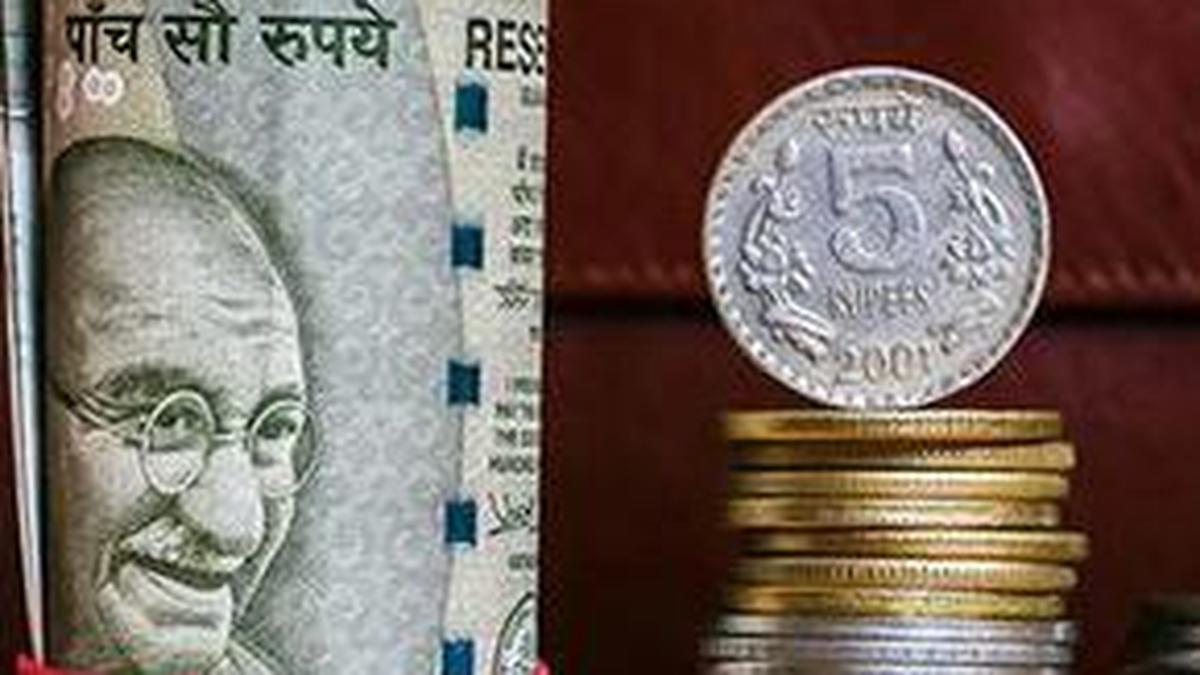
Net direct tax kitty swells 15% to ₹17.78 lakh crore till February 10
The Hindu
CBDT data shows significant growth in direct tax collections, with corporate and non-corporate taxes surpassing targets.
Net direct tax collection grew 14.69% to over ₹17.78 lakh crore so far this fiscal, government data showed on Tuesday, February 11, 2025.
As per the data released by the Central Board of Direct Taxes (CBDT), mop up from net non-corporate taxes, which include mainly personal income tax, grew 21% year-on-year to about ₹9.48 lakh crore.
Net corporate tax collection rose more than 6% to over ₹7.78 lakh crore between April 1, 2024, and February 10, 2025.
Net collections from securities transaction tax (STT) jumped 65% to ₹49,201 crore so far, this fiscal.
Refunds worth more than ₹4.10 lakh crore were issued during the period, a 42.63% increase against the year-ago period.
Gross direct tax mop up till February 10 grew 19.06% to more than ₹21.88 lakh crore.
In the revised estimates (RE) for the current fiscal, the government has pegged income tax collections at ₹12.57 lakh crore, up from the budget estimate of ₹11.87 lakh crore.













